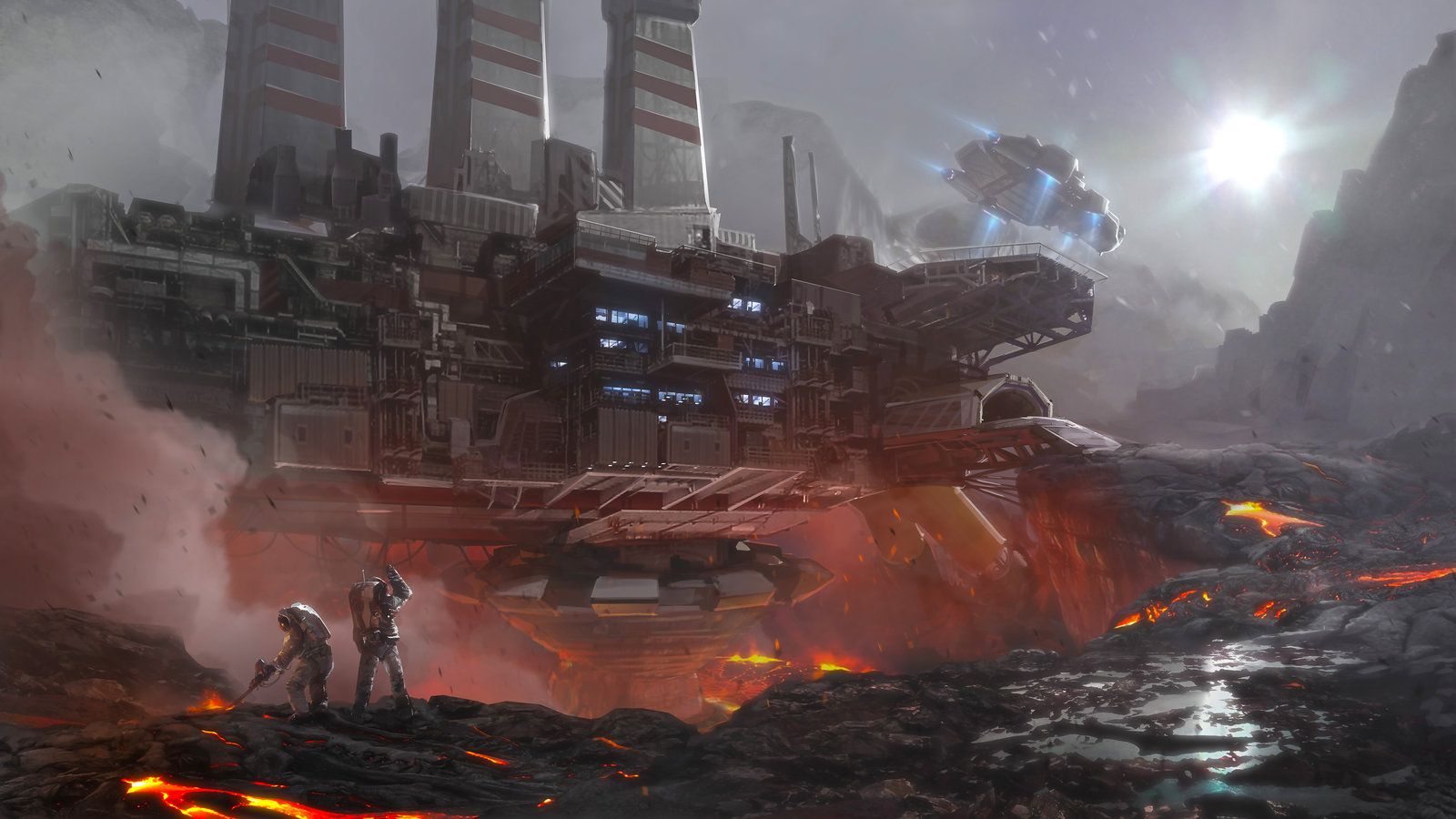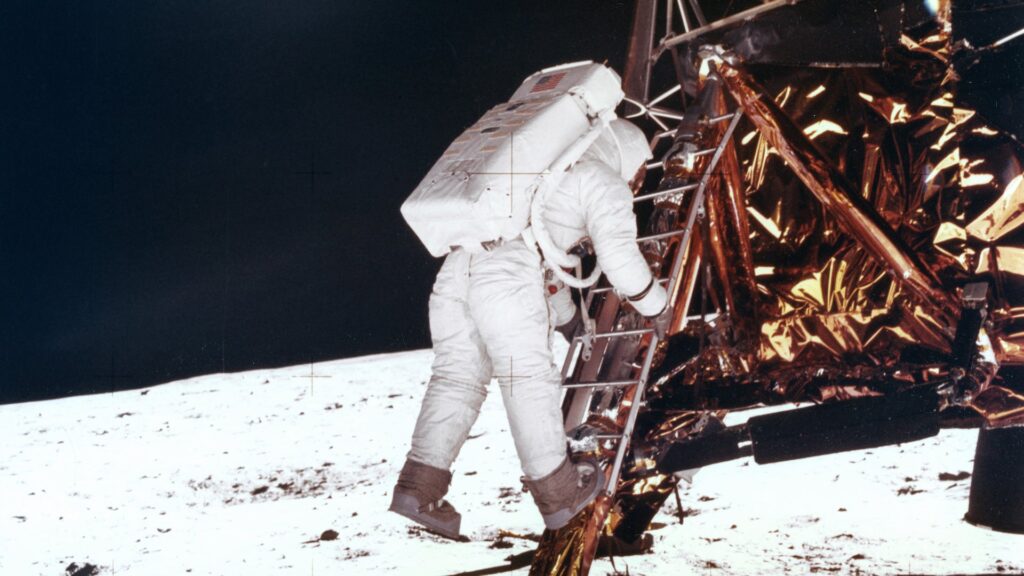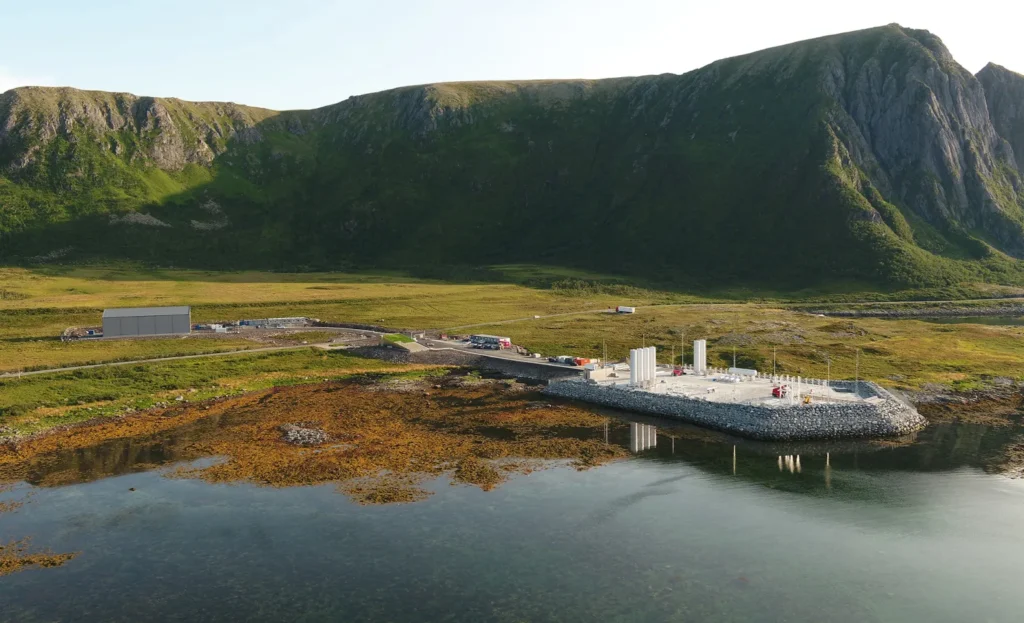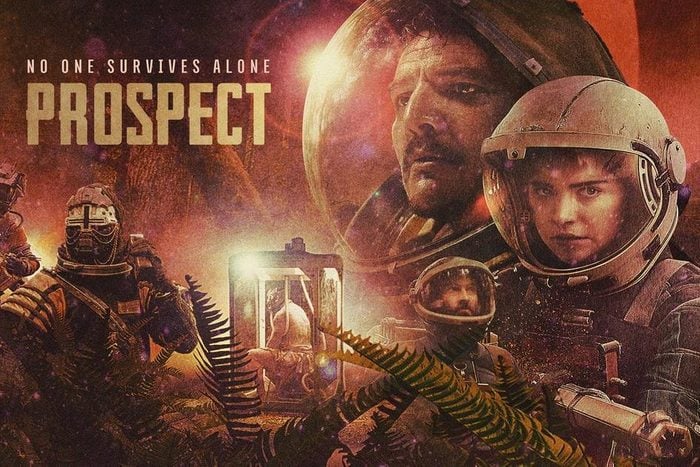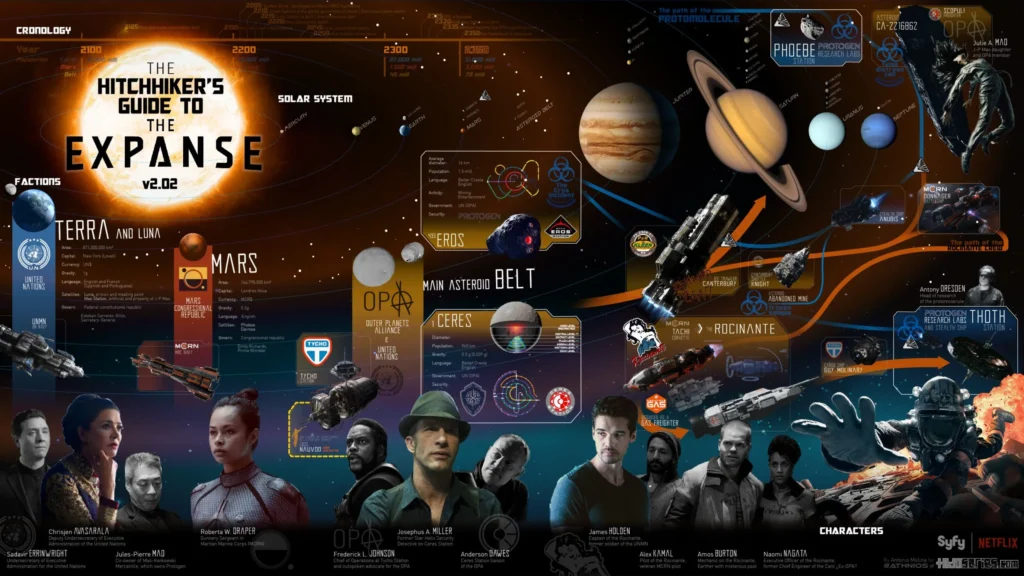Space mining is extracting resources from outside the Earth’s atmosphere in our solar system. Mining would include moons and asteroids near Earth and in the asteroid belt, comets, and other planets.1 This will also include, in the future, other solar systems and perhaps other galaxies.
To accomplish this endeavor, humans must solve three main issues: The high cost of spaceflight, the unreliable identification of asteroids suitable for mining, and the challenges of extracting usable material in a space environment. So far, humans have successfully brought back 127 grams of asteroid material from space.2
Why do this at all? This endeavor will take much development and money to get started. However, it will help us better understand our world and how it formed. What are the hazards of life in the Universe? Are there other life forms out there? What happens if something runs into our planet or some other disaster occurs? Can we understand what is happening and do something to help us survive?
Survival is the primary reason to reach out. A species cannot survive if it does not have a strong will to survive. “Extinction is the rule. Survival is the exception”. A famous Carl Sagan quote.3 Humans understand much about the Earth and how to live on it, but now we have achieved a level where we know that one planet may not be enough.
Even insects do this—they start a new colony away from the old colony to escape dire conditions, find new resources, and avoid competing with and breeding each other. Granted, this is all instinctual, laid down in the genes because it works (evolution). On the other hand, humans have used this strategy and can extrapolate it beyond the Earth. We will have to bring our fellow life forms with us, though.
Each step into the void is more complicated than the last, and we have made giant leaps in recent history. My grandmother was born in Czarist, Russia, and lived to see a man walk on the Moon.
Human technological development is exponential. That means technology increases at an increasing rate over time. An example is taking a penny and doubling it for thirty days. On day one, there is one cent; on day thirty, there is $5,368,709.12. It adds up quickly. Is this the way of technological development for all species? That is unknown now, but our survival and tendency to go down this route allowed us to at least try.
The second reason for reaching out into the solar system is the desire to explore and learn. It is an innate drive and another trait that helps us survive. Not only are there great leaps in technology that give us things like microwave ovens and camera phones, but they also lead to knowledge about the formations of the solar system. We have become more efficient in using Earth’s resources. Compare being a hunter-gatherer living in a cave or tent to having a home, food, and clothing. Such advancement allows humans to raise their standard of living. The basics are available now; the challenge is getting those basics into all the hands. That is an improvement from our caveman days when there was not enough for anybody.
If we knew how to and what it would look like to mine in space, we could see if other civilizations have done the same thing. Is mining in space part of civilization development? Does it help a species reach out, especially from their solar system?
A third reason to mine in space is economics. Mining would significantly increase wealth, resulting in infrastructure for space tourism, colonization, and research. Scarcity would lessen or, hopefully, disappear. We could live in a Star Trek universe. Of course, humans would still want things they do not have. It’s the part of human nature that drives us to learn and explore.
Finally, we worry about using too many resources on Earth. Earth and asteroids started from the same materials. Still, Earth’s stronger gravity pulled all heavily iron-loving elements into its core, leaving the crust depleted of valuable elements until asteroids started impacting and replenishing the depleted crust. Instead of taking more out of our crust, we could go to the asteroids. Mining off the planet can be a much safer and more profitable enterprise for our little planet.
Space mining is now coming into its era. We are accomplishing much from another space race, as we experienced going to the Moon for the first time. Our interest in developing rockets from different sources produces more efficient models for transporting goods and people to and from the Earth. Governments start these grand projects but need the commercial part of the economy to administer the business end. Now, we have more efficient, cost-effective, and innovative designs for the rockets initially created. SpaceX, Boeing, Blue Origin, Rocket Lab, and Arianespace (the brainchild of the French Space Agency Centre National d’Études Spatiales (CNES) and the European Space Agency (ESA)) are all competing for the prizes awaiting. Sixteen countries are involved in space exploration, which means we have competition for all aspects of this endeavor. Competition improves the quality, price, features, ethics (we are all watching, so it helps), and employment for everyone participating. It is not perfect, but the best system for creating a good product.
To fulfill some of the transportation needs, we must also know what is on each asteroid and in what quantities. Low-cost commercial telescopes in Arizona and California are now finding easily accessible asteroids that are small. NASA went to asteroid Eros in 2001, OSIRIS-REx is en route back from asteroid Bennu, and Lucy’s probe, launched in 2021, will connect with several Trojan asteroids.4 NASA is also commissioning ten studies on improving Mars Sample Return.5 Perhaps more startling is NASA’s mission Double Asteroid Redirection Test spacecraft, or DART, which slammed into an asteroid in an attempt to change the asteroid’s course. The mission was a success, and we have a crucial step forward for planetary defense.6
Many countries are now involved in asteroid exploration. Brazil (AEB), China (CNSA), the European Space Agency (ESA), Italy (ASI), and Russia, originally called the Soviet Union (SSSR)7, are involved. On August 22nd, as I’m writing this blog, Norway has a new spaceport on the island of Andøya north of the Arctic Circle. The spaceport will be the initial launch site for Isar Aerospace, the German company developing the Spectrum small launch vehicle.8 Humans are busy.
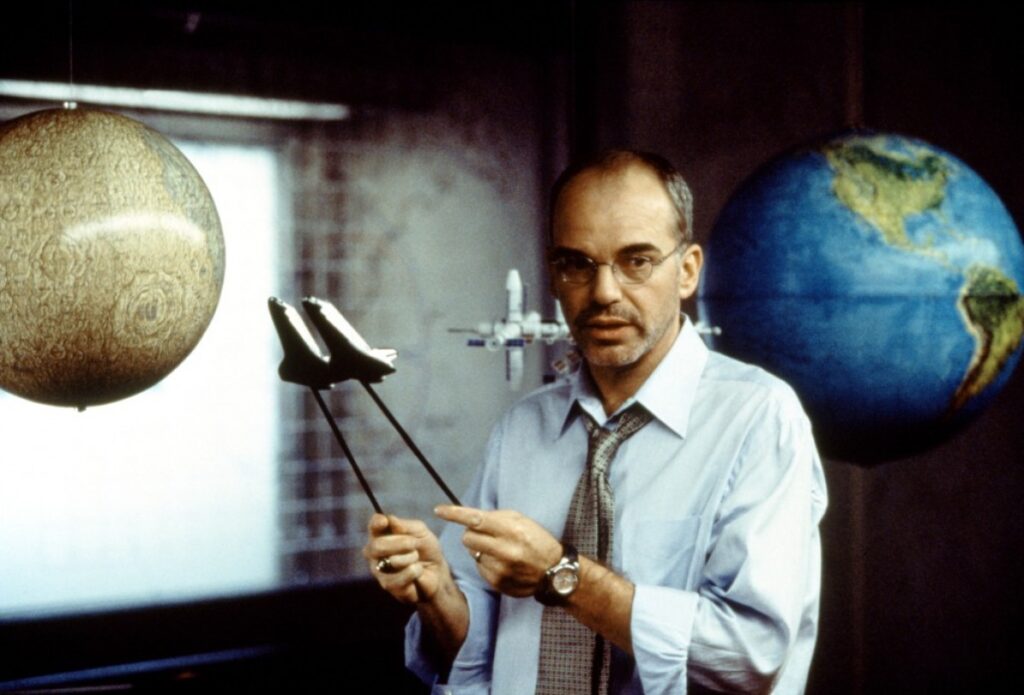
Science fiction has considered this subject and created some interesting pieces. Armageddon 1998, one of my favorite movies (for a fee on Amazon, and Apple TV for $3.99, and YouTube for $3.99), depicts a mission to blow up an asteroid about to hit Earth. The crew is made up of real astronauts and oil drillers. There is action, romance, fathers and daughters, and heroic sacrifice. Not specifically mining, but much of the same activity, they just put something into the asteroid they’ve drilled, not take it out. The photo from the movie depicts oil drillers/astronauts getting hysterical instruction (they didn’t have enough time to prepare, the fastest mission NASA ever had) in Armageddon 1998. You will be glad to know they succeeded; they SAVED THE PLANET!
Prospect 2018 was about space miners ruthlessly competing. A young girl’s father is killed by rival miners when they are trying to mine a moon for gems. Another prospector ends up helping her travel to the shuttle pickup. The biggest issue I had was that the movie needed a stronger storyline. As much as I love Pedro Pascal and rescuing a child, it needed more story to go with it. It streams on Peacock Premium subscription, Apple TV for $2.99, YouTube for $4.99, and Tubi TV free with ads.
The best depiction of space mining is a scifi series, Expanse 2015-2022 (offered free with a subscription on Amazon and Apple TV), that depicts what space mining and solar system colonization may look like in the future. It’s pretty fun in a Dynasty 2017-1022 way, depicting Earth, Mars, and the Belters (miners).
In the meantime, humans have mapped out many asteroids and started to form a plan, seeing a path forward. Our goals are not modest, but they are exciting. The plan is to go first to the Moon again, this time to make a base, then to near-Earth asteroids, Mars, the asteroid belt, and Jupiter. I hope I get to see us do that.
© JM Strasser August 2024 All Rights Reserved
Footnotes
1. https://sentinelmission.org/space-exploration-glossary/space-mining/
2. https://duckduckgo.com/?q=asteroid+mining+wikipedia&atb=v386-1&ia=web
3. https://www.brainyquote.com/quotes/carl_sagan_657452?src=t_survival
4. https://www.space.com/space-mining-grinding-into-reality
7. https://en.wikipedia.org/wiki/Category:Missions_to_asteroids
8. https://spacenews.com/norwegian-spaceport-receives-government-license/
Illustrations
1. https://i.pinimg.com/originals/bf/cd/16/bfcd16a307430dc7bc31e0089c62e8c2.jpg
5. https://pbs.twimg.com/media/Dr5-nSoVAAAWwfc.jpg
6.. https://i0.wp.com/www.cuevadelobo.com/wp-content/uploads/2018/01/Guía-para-The-Expanse.jpg?ssl=1
